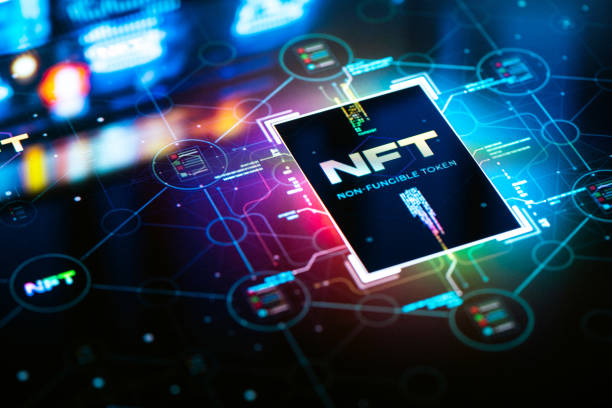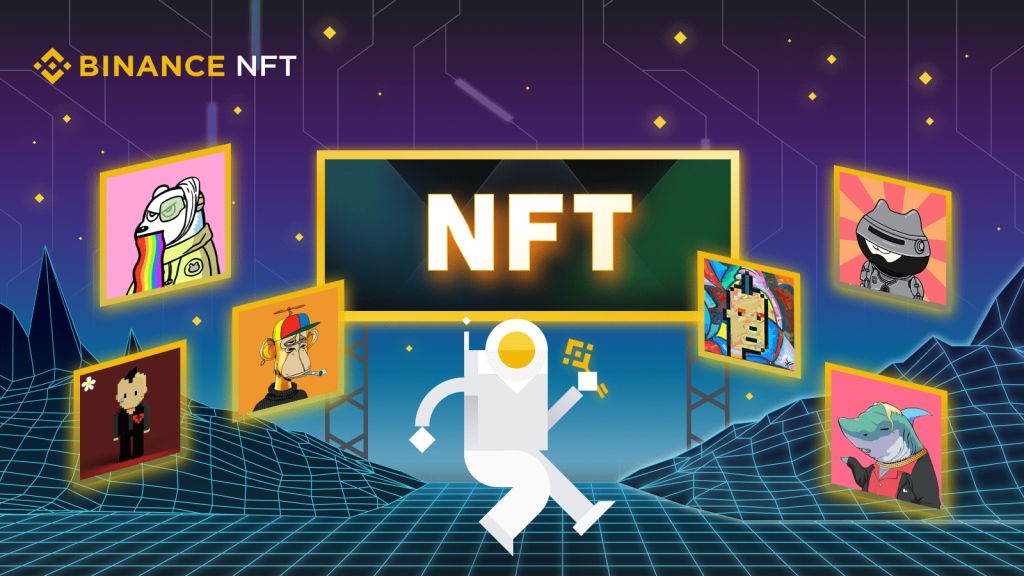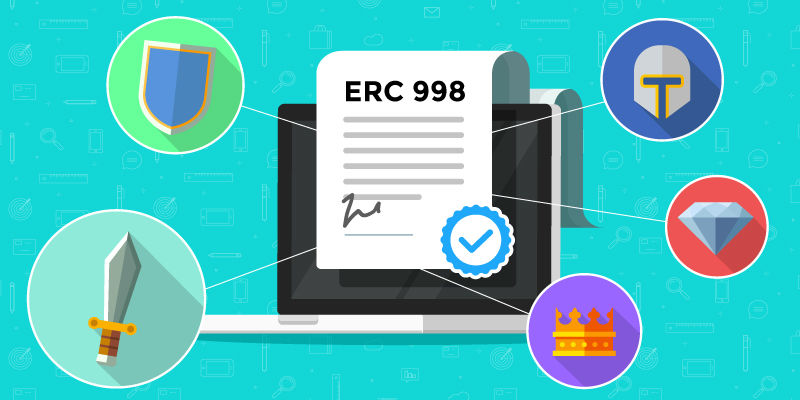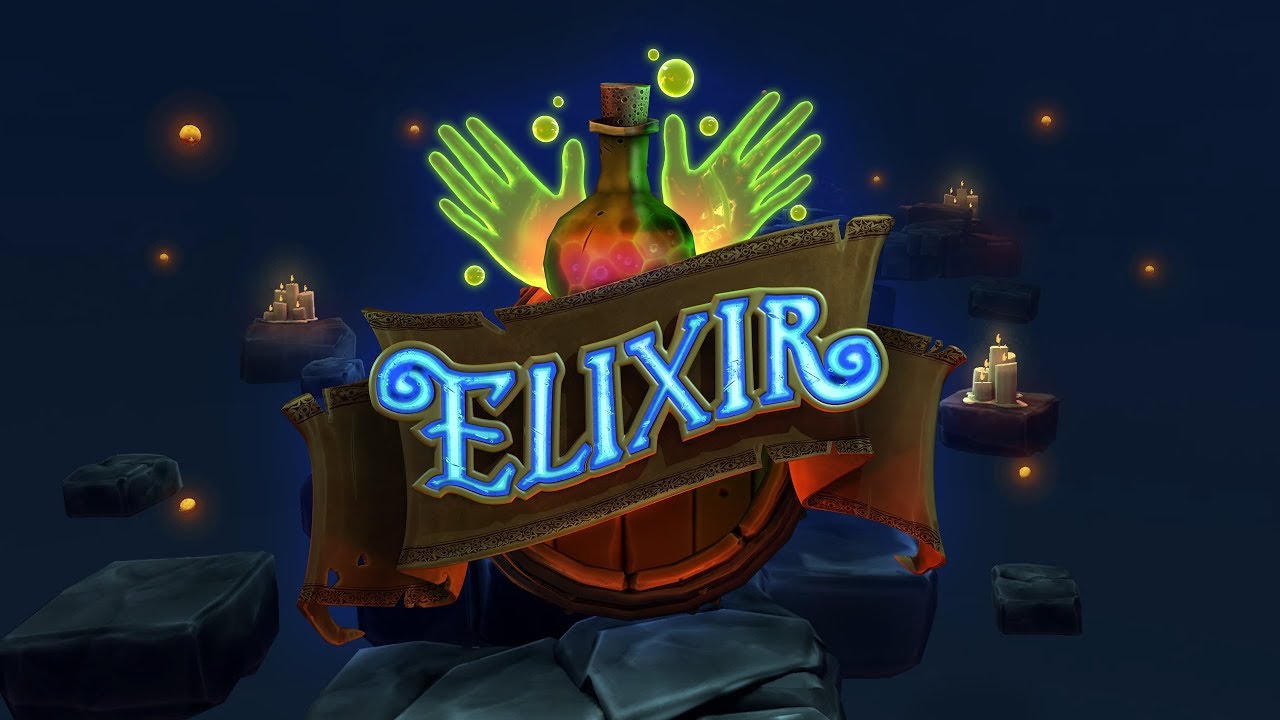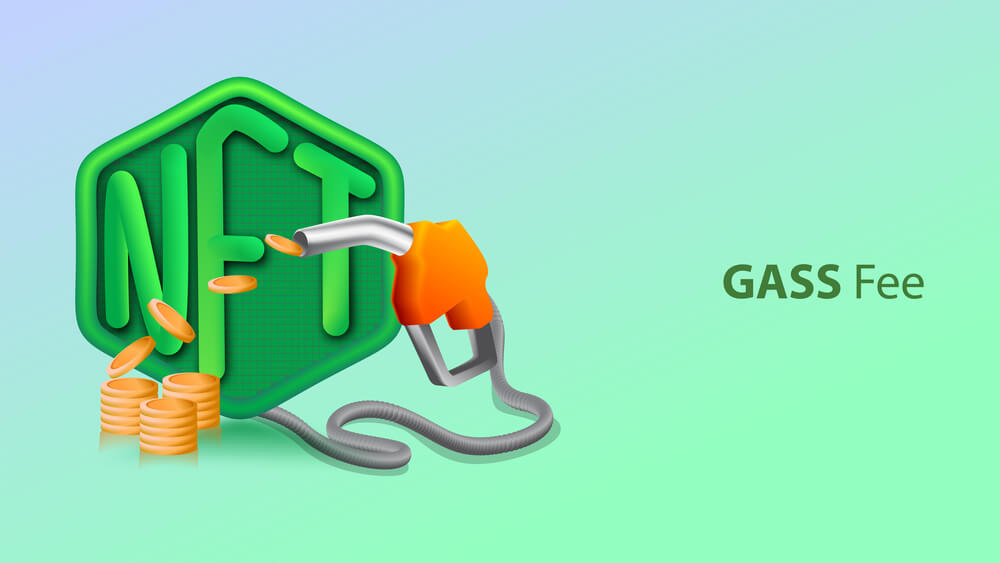The NFTs dream is not dead, but it has taken a big non-fungible beating. The market shone gloriously in 2021 as crypto-rich speculators spent billions of dollars on risky assets, pumping up prices and profits. Six months into 2022, it is looking ugly.
Monthly sales volume on the biggest NFT marketplace, OpenSea, dropped to $700 million in June, from $2.6 billion in May and a far cry from January’s high levels of about $5 billion. By late last month, the average NFT sale dropped to $412, from $1,754 at the end of April, based on data acquired from NonFungible.com which tracks sales on the Ronin and Ethereum blockchains.

Gauthier Zuppinger, the co-founder of NonFungible.com, stated:
“The crypto bear market has had an impact on the NFT space. We have seen so much speculation, so much hype around this kind of asset,” he added. “Now we see some sort of decrease just because people realize they will not become a millionaire in two days.”
The NFTs space has collapsed together with cryptos, which are normally used to pay for the assets, at a time when central banks have hiked rates to resolve inflation issues, and the risk appetite has plunged. Bitcoin lost about 57% in the six months of the year, while Ether has plunged by around 71%.
Dip Or Death Spiral For NFTs?
Critics believe that the crash confirms the folly of purchasing these assets, tradable blockchain-based records that are linked to digital files like videos and images, mostly artwork.
The Malaysian businessman who acquired an NFT of Jack Dorsey’s first tweet for $2.5 million in 2021 struggled to get any bids of over a few thousand dollars when he wanted to resell it in April 2022.
However, the global head of product at crypto trading firm GSR, Benoit Bosc, believes that the current downturn is the ideal time to build a corporate NFT collection. Such a collection would be equivalent to the fine art traditional banks mostly display to impress clients.
In June, GSR spent $500,000 on NFTs from what Bosc terms “blue-chip” collections that have large online fan bases. His purchases feature an NFT from the Bored Ape Yacht Club, a set of 10,000 cartoon monkeys created by US-based firm Yuga Labs and promoted by people like Eminem, Jimmy Fallon, and Paris Hilton.
That is the hype that surrounds Bored Apes that Yuga Labs raised $285 million in April by selling tokens it insists can be exchanged for land in a Bored Apes-themed virtual world that it is yet to launch.
But, the average sale price for a Bored Ape dropped to about $110,000 in June, having halved since its January peak of about $238,000, based on market tracker CryptoSlam.

In his New York office, Bosc has put three screens where he displays his NFTs that include different pixelated characters and a Bored Ape acquired for $125,000. He said:
“For us, it’s also a brand exercise.”
Owning a valuable NFT and using it as a profile picture on social media is a means to establish “respectability, authority, and influence” in the crypto sphere, according to him.
Is It Game On Or Game Over?
Nevertheless, the future of NFTs is uniquely uncertain since the era of low-interest rates that encouraged investors to take risky bets has come to an end.
Some of the market reviewers say that the influence of NFTs on the art market will drop. In the meantime, although the much-hyped vision for blockchain metaverse is yet to materialize, enthusiasts expect NFTs to shake up the gaming sector, for instance by letting players own in-game assets like avatar skins.
The chief financial officer at blockchain tracker DappRadar, Modesta Masoit, said:
“Everyone believes games are going to be the next big thing in the blockchain.”
The risky integration of gaming and financial speculation might encounter challenges in the long run. Many gamers prefer games that do not include NFTs or “play-to-earn” components, based on the explanation by CEO of technology research firm L’Atelier, John Egan.
Although the notable new crypto regulations agreed by the European Union (EU) in the past week mainly excluded NFTs, Spain is independently looking to clamp down on the manner video games sell virtual assets in exchange for real money.

In the meantime, the largest NFT-based game, Axie Infinity, has witnessed its in-game token crumble to less than half a cent, down from a peak of 36 cents in 2021. In the case of L’Atelier’s Egan, the NFTs market might not recover in its current form. He stated:
“Ultimately it’s a situation where extraordinary amounts of money are being paid for extraordinarily limited assets that don’t produce any cash flow.”
However, the underlying concept of creating distinct digital assets is still “fundamentally important” and is projected to have “massive applications” for the financial industry in future.

